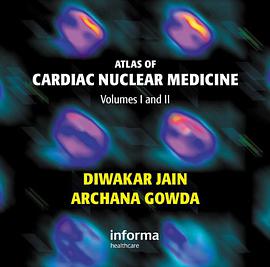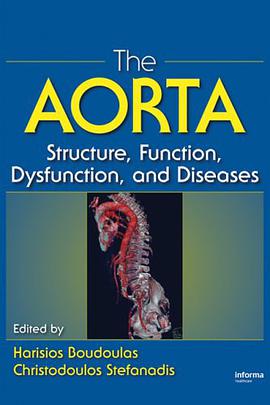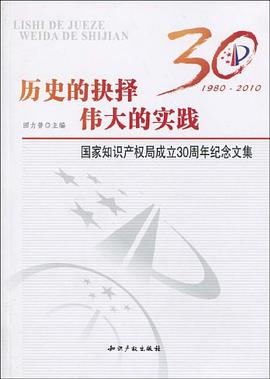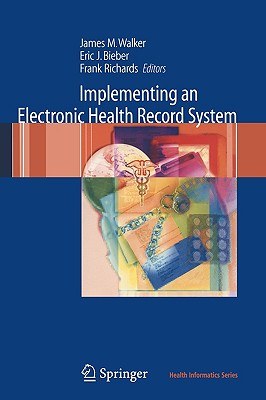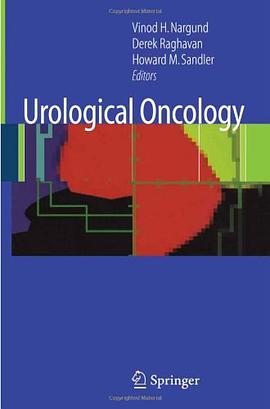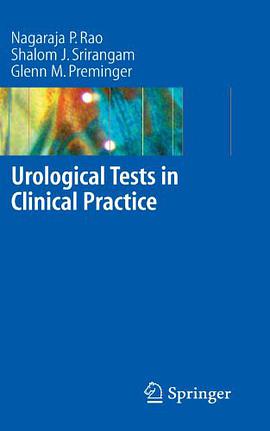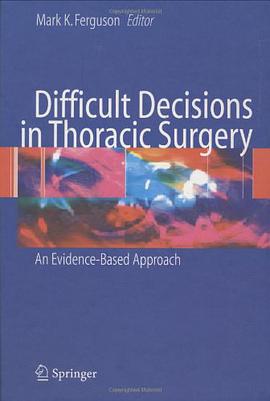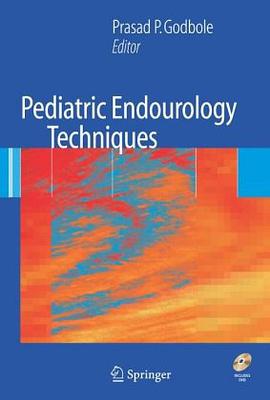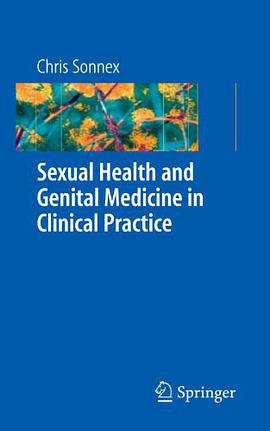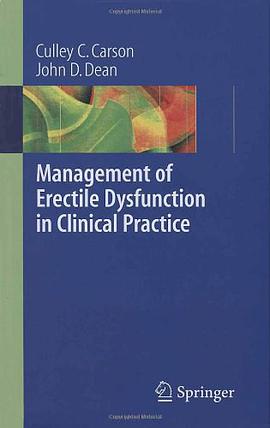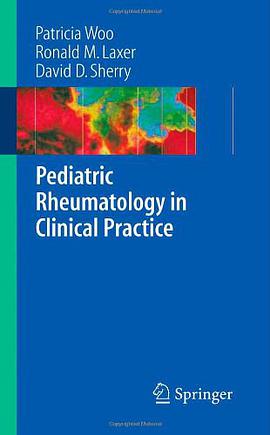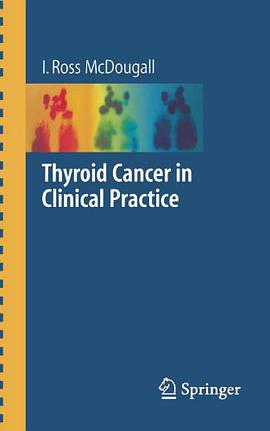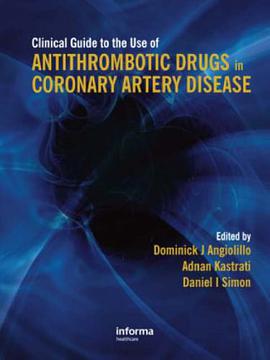

Atherothrombotic disease is the leading cause of morbidity and mortality; therefore, anti-thrombotic agents play a pivotal role in primary and secondary prevention of atherothrombotic complications. In "A Clinical Guide to the Use of Antithrombotic Drugs," three main sections in the field have been elaborated. In the first, 3 chapters on basics concepts of atherothrombosis are examined. The objectives of these chapters are to provide pathophysiological concepts on atherothrombosis useful to the practicing clinician to understand the rationale for using antithrombotic agents in daily practice. In the second section, 16 chapters describe 4 main categories of antithombotic agents used in clinical practice: oral antiplatelet agents, intravenous antiplatelet agents, thrombin inhibitors, and fibrinolytics. In each category, description and clinical application of currently approved agents as well as agents under clinical investigation are described. The objectives of this section are to provide the state of the art knowledge on antithrombotic drug use and development. In the third section, a series of 8 chapters examines the application of antithrombotic agents in specific clinical scenarios. The objective of this section is to provide practical insights on how to apply antithrombotic agents in the context of daily clinical scenarios. Overall, this compendium provides a valuable tool for clinicians in their daily clinical practice on how to use currently available antithrombotic agents as well as provide insights on the future development in this field.
具体描述
读后感
评分
评分
评分
评分
用户评价
相关图书
本站所有内容均为互联网搜索引擎提供的公开搜索信息,本站不存储任何数据与内容,任何内容与数据均与本站无关,如有需要请联系相关搜索引擎包括但不限于百度,google,bing,sogou 等
© 2025 book.wenda123.org All Rights Reserved. 图书目录大全 版权所有


